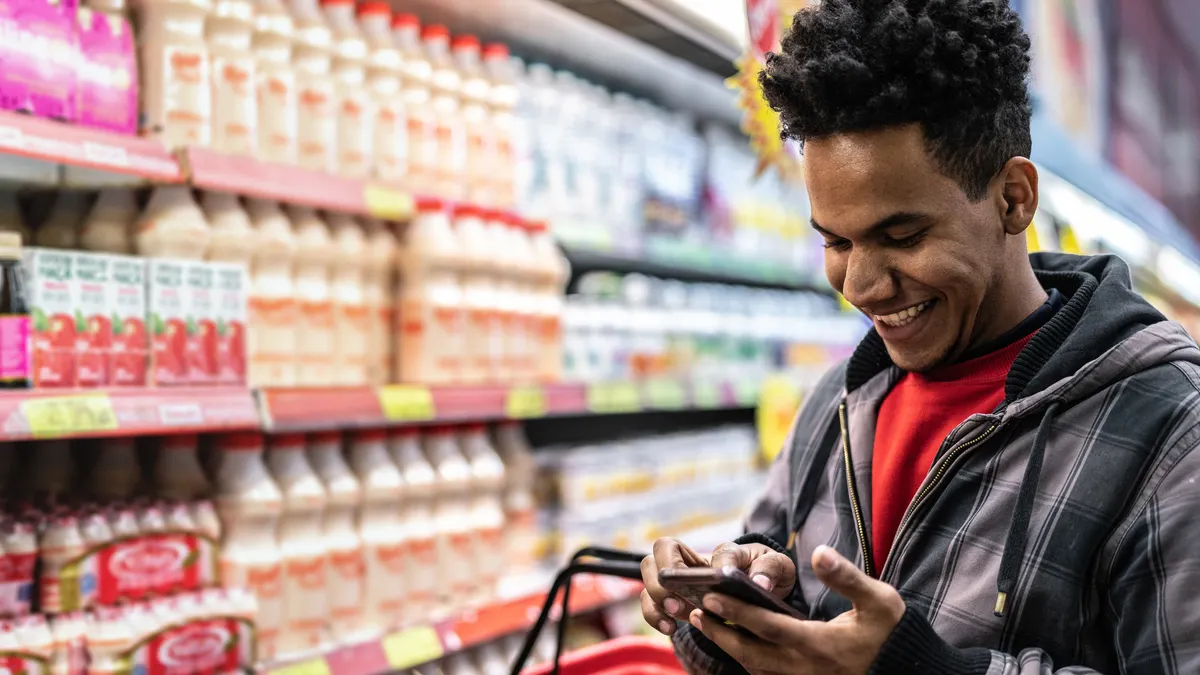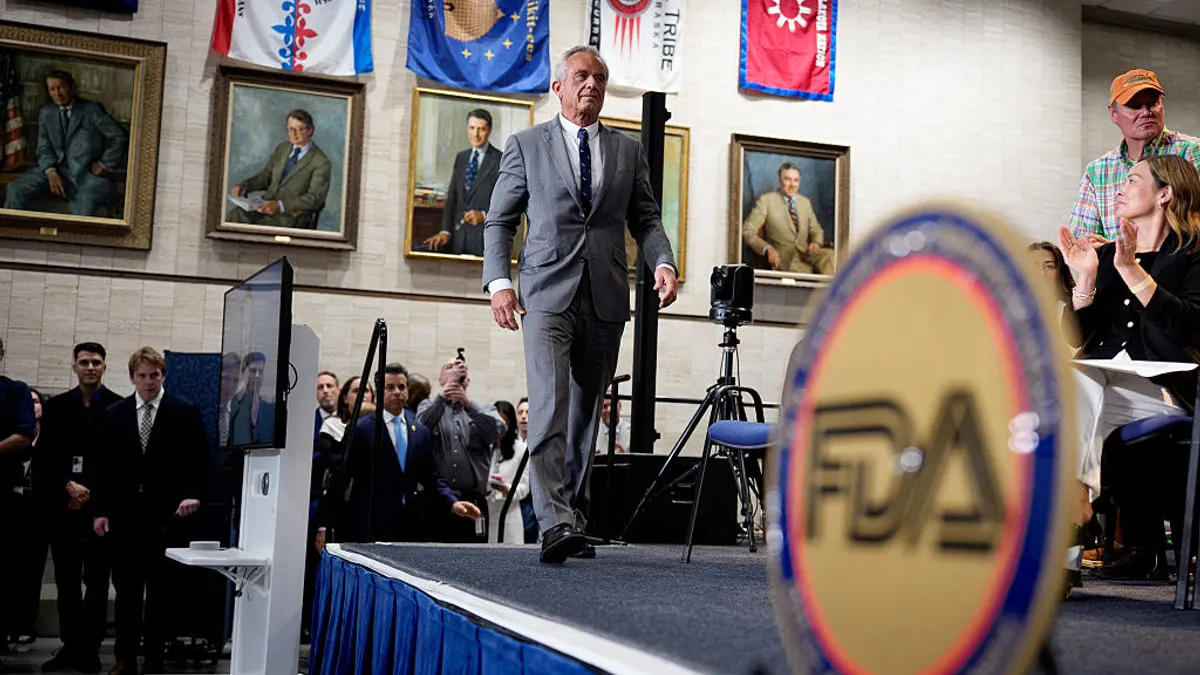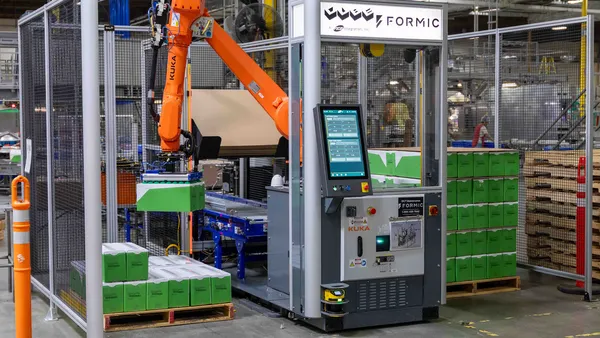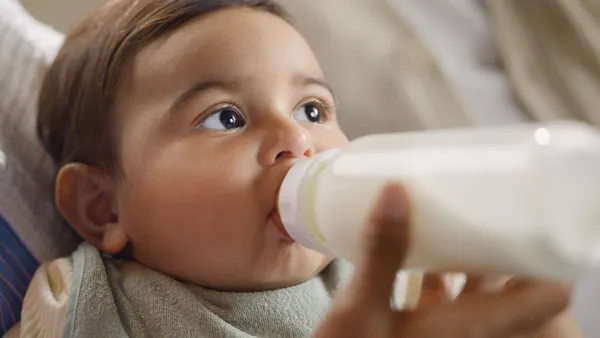CPG leaders continue to grapple with a familiar challenge: unit volumes trending downward, household penetration growth stalling, and customer acquisition costs creeping steadily upward. Meanwhile, traditional product sampling—think beach demos and grocery aisle handouts—delivers plenty of smiles and empty sample cups, but connecting those interactions to actual sales remains frustratingly elusive.
Smart brands are finding a better way. They’re building scalable, data-driven approaches to drive trial, woo new customers, and demonstrate real revenue impact. The old approach of assumption-based sampling leaves too much on the table when marketing budgets demand measurable returns. What’s emerging is sampling that functions like a true performance channel: precisely targeted, thoroughly measurable, and directly linked to sales.
This transformation is already happening. Experiential marketing is evolving from a feel-good PR play into a precision instrument for driving conversions, complete with the closed-loop attribution that executives demand.
The attribution gap that’s limiting CPG growth
Most CPG brands are still flying blind when it comes to sampling ROI. The core challenge isn’t just collecting data, but connecting the dots across silos. Traditional sampling metrics capture only fragments of the consumer journey—coupon redemptions here, event attendance there—but can’t link them to actual buying behaviors.
The missing piece? First-party consumer data at scale. Brands simply can’t effectively collect and activate this data on their own. True measurement requires partnerships with retailers, who control the crucial final piece: actual purchase data.
This gap is fueling a wave of new solutions. Recess, an experiential marketing platform, has pioneered an approach that connects CPG brands to shoppers within their trusted communities—gyms, colleges, K-8 schools, coworking spaces—where consumers naturally gather with built-in ambassadors they trust.
Hyper-targeting shoppers beyond the store
Better metrics start with precision targeting—the foundational step in transforming sampling into a performance funnel. Instead of hoping the right consumers stumble upon their beach pop-up, astute brands are activating shoppers in their trusted communities.
To make that possible, Recess combines shopper data with venue intelligence for precision that matches digital advertising. Brands can map activations to shopper-dense locations using real behavioral data, identifying which fitness studios over-index on Kroger shoppers, or which college campuses have the highest concentration of Target customers, for instance. “We can tap into a variety of data sources, including anonymized cell phone tracking patterns, to discern where and how shoppers move around their communities,” shares Jack Shannon, CEO of Recess: “It’s like Nielsen or Comscore, but for the real world.”
With a network spanning more than 235 million shoppers across gyms, schools, offices, and more, brands can then leverage community leaders in the places where shoppers naturally gather: Coaches, teachers, fitness instructors serve as authentic brand ambassadors, creating an endorsement halo effect that hired sampling reps simply can’t replicate.
Recess’ partnership with Dollar General demonstrates this approach. By hyper-targeting consumers where they naturally gather with built-in ambassadors they trust—then pairing experiential sampling with digital amplification—brands can measurably drive in-store sales from out-of-store activations.
It’s a wise move for brands looking to diversify their marketing mix, versus focused investment in trade and coupons that cut into their margins, Shannon adds. What’s more, brands that can connect their sampling spend to sales lift strengthen their sway with retailers, getting priority placement, co-op dollars, and first consideration for new store rollouts. “When brands prove their activations impact sales, it transforms the conversation with retailers from cost justification to strategic partnerships,” he explains.
Four ways to measure full-funnel attribution from sample to sale
To enable this full-funnel attribution, Recess has developed a tiered measurement approach that leading CPG brands are now adopting, ranging from good foundational practices to the holy grail of deterministic attribution:
Good: consumer surveys
In this baseline approach, brands ask participants to complete a survey at sampling activations to gauge the percentage of new customers, purchase and recommendation intent. In a recent campaign, a laundry brand partnered with fitness studios to distribute detergent samples and collect survey responses. Following the campaign, 86% of sampled customers said they’d likely purchase within 90 days. One in four consumers were new to the brand.
Better: digital offers and coupon tracking
Moving up the sophistication ladder, brands can distribute coupons for direct attribution. Take a pizza brand’s college campus campaign, for example. Instead of distributing samples, the brand included unique coupons in welcome bags inside student apartments. The coupons were redeemed in-store and on the brand app, tracking 1,460 new customers with a 10% conversion rate—directly linking distribution to purchase.
Best: retailer partnerships for market lift
Results can be significant when brands join forces with retailers. One example is a joint campaign by PepsiCo and Gopuff. Aiming to drive awareness of Pepsi products on Gopuff, the partners distributed customized samples at college campus lounges during finals week. When amplified with email marketing and boosted socials, PepsiCo saw a 22% sales lift on Gopuff and a 56% email open rate.
The Holy Grail: deterministic lift measurement
The ultimate goal is direct retailer integration for deterministic attribution. By partnering directly with retailers, brands can track comprehensive metrics—sales lift, conversion rates, new-to-brand shoppers, iROAS, and more—that were previously impossible to measure. In one example, a snack brand targeting Albertson’s shoppers used a multi-channel program spanning experiential sampling, social, and digital components—all pointing to a digital rebate program. The result was a $2.55 iROAS over 30 days for a newly launched product.
The path forward for performance-driven growth
For CPG brands, sampling offers one of the most cost-effective ways to turn fence-sitters into buyers, driving incremental trips and larger baskets. “As consumers tighten their spend and more brands compete for those dollars, the competitive advantage goes to brands that can measure and optimize experiential campaigns with the same rigor they apply to digital media,” Shannon notes.
When every dollar needs to justify itself, precision sampling is an undeniable growth driver.
Want to supercharge your sampling strategy? With 15,000+ sampling opportunities — all filterable by audience demographic, location, shopper behavior, proximity to retailer — Recess can help you execute unique brand activation and sampling events that are turnkey, measurable, and scalable.










